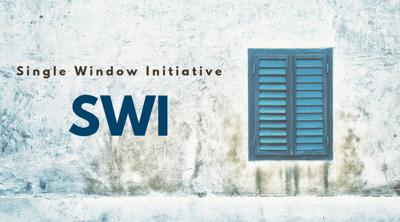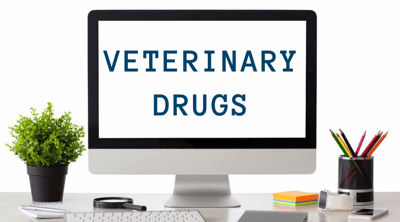Single Window Initiative (SWI): Survival guide for Health Canada Veterinary Drugs
The new SWI landscape
The Single Window Initiative means several changes for importers:
- how you need to submit documentation is in flux;
- when that documentation is needed has changed; and
- which documentation is required is also shifting.

Our goal is to help you understand what is expected for the new “how, when, and what” of SWI requirements relating to the items you ship. These updates guide importers through specific commodities or categories of commodities, and the Participating Government Agencies (PGAs) that are affected.
How, when, and what
- Single Window Initiative requires all import documentation to be prepared and submitted before the shipment reaches customs.
- SWI is a new way of submitting documentation. All docs will be submitted using the Integrated Import Declaration (IID). Some of the requirements for how you submit are changing. For example: some documents that needed to be faxed now require an uploaded electronic image or just the document number.
- There may be changes to which documents are required under SWI.
- The launch date of SWI is still unknown, but it’s time to get proactive and adjust your workflow to ensure paperwork is ready before you ship.
Why importers need to know
Under the new SWI, it’s important that you understand which Participating Government Agencies (PGAs) are regulating your products. Some products are regulated by multiple PGAs, and the PGAs regulating your products may have changed under SWI. Additionally, each PGA and the CBSA can issue penalties for incorrect and missing documents. Understanding what information and documentation is needed for clearance will make the clearance process into Canada smoother and more efficient.
Health Canada - Veterinary Drugs
The SWI data elements required for release include:
Intended end use
For Health Canada’s Veterinary Drugs program, intended end use must be provided.
- Veterinary therapeutic use
- Veterinary experimental study
- Veterinary emergency drug release (EDR)
- Veterinary clinical study
- Research & development
- Other
Canadian product category and required documents
A Canadian product category for veterinary drugs must be indicated. Depending on the end use, additional details and documents may be required.
- Veterinary drug
- Veterinary drug - low risk
Veterinary drugs with an end use of veterinary therapeutic use
- Veterinary drug: establishment license and drug identification
- Veterinary drug - low risk: veterinary notification
Veterinary drugs with an end use of veterinary experimental study
- Veterinary drug: experimental studies certificate
Veterinary drugs with an end use of veterinary emergency drug release (EDR)
- Veterinary drug: emergency drug release authorization
Veterinary drugs with an end use of veterinary clinical study
- Veterinary drug: veterinary no objection letter (NOL)
Veterinary drugs with an end use of research & development, or other
- Veterinary drug: no documentation required
Document reference
Although a copy of the documents are not mandatory at time of release, it is strongly suggested to provide an image.
- Establishment licence (EL): establishment licence number
- Drug identification (DI): drug identification number (DIN)
- Veterinary notification: veterinary notification number (NN)
- Experimental studies certificate: experimental studies certificate number
- Emergency drug release authorization: emergency drug release authorization number
- Veterinary no objection letter (NOL): veterinary no objection letter (NOL)
Brand name
The brand name of the commodity must be provided.
Although the below elements are not mandatory for the release of the commodity, they may be asked for and should be supplied.
- Manufacture date
- Batch/lot number
- Global trade identification number (GTIN)
- Natural health products can be identified through their GTIN GS1 asset identifier or UDI Number. GTIN number is not required to be submitted, but will give CBSA a clearer identification of the product.
For SWI, being proactive is your best strategy—gather all your information and documentation as far in advance as possible. Importers who know the requirements for the products they’re importing, and understand the new processes under SWI, will have a much smoother import experience.
As you adjust to the new requirements and workflow of the Single Window Initiative, we're here to help. Our customs team is ready to help you understand the SWI and its new requirements for your commodities—contact us today!
SWI. It's what we do

Latest Articles
- Watch out for these extra charges on your freight bill
- Key differences between duty drawbacks and duty refunds for importers
- Mitigating container shortages and rising shipping prices for ocean imports
- How Canadian importers benefit from end use tariff codes and conditional relief
- The benefits of operating as a Non-Resident Importer in Canada


